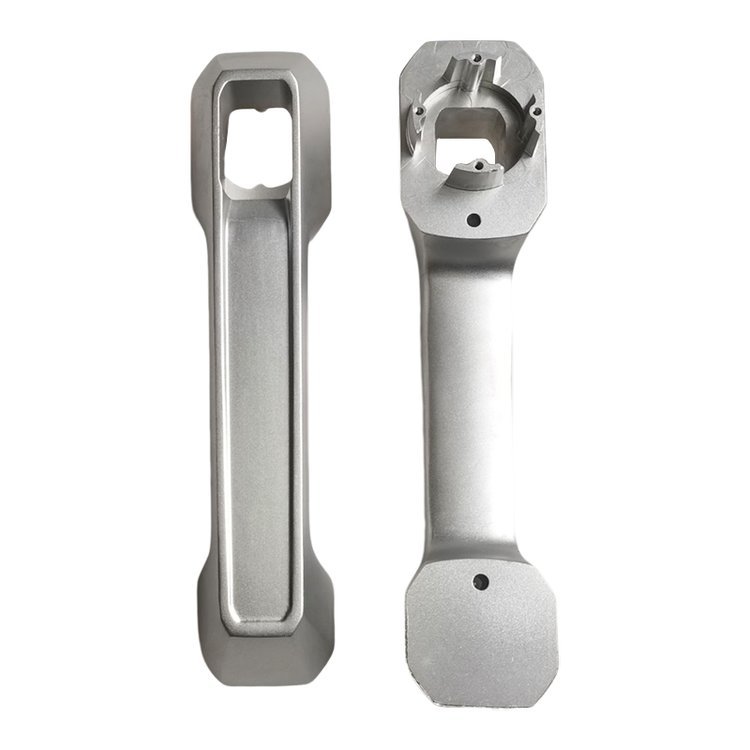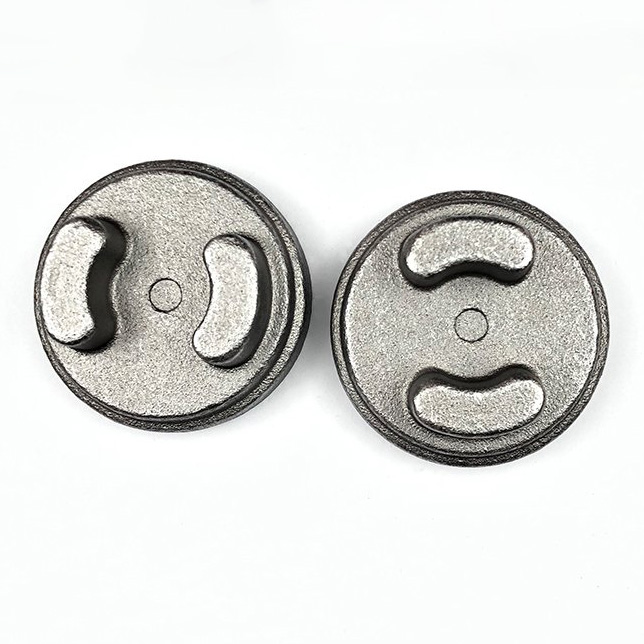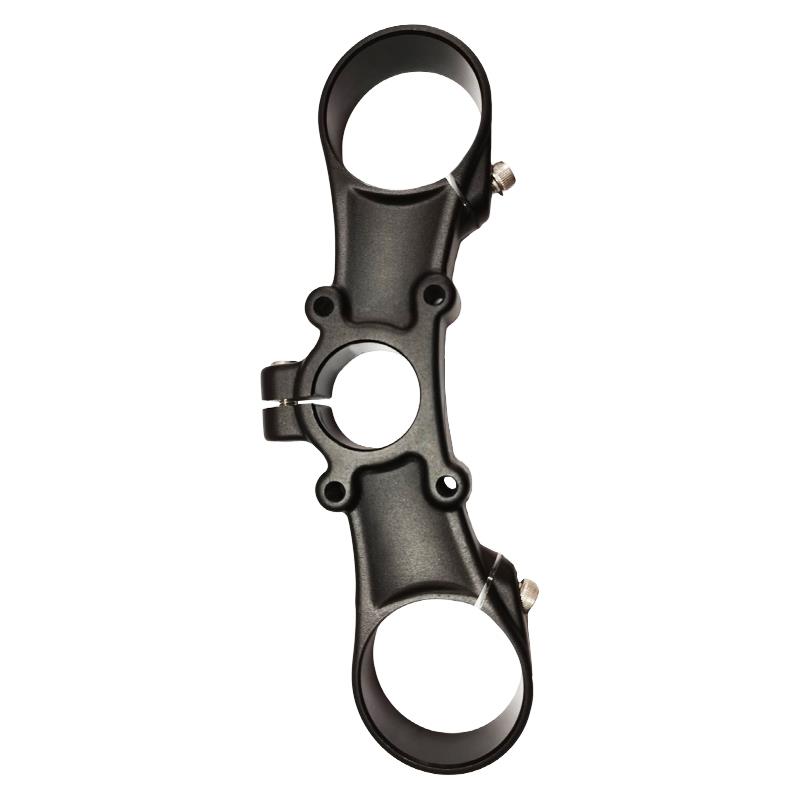What are the production methods of die forging
Die forging is a method of forming on a forging die developed on the basis of free forging and die forging in order to solve the problems of low productivity and poor precision of free forging, and to achieve the needs of large-scale and specialized production of forgings. Die forging is the abbreviation of model forging. The forging die (forging die) is generally composed of an upper die and a lower die. The upper and lower dies of the forging die are respectively fixed on the hammer head and the die pad. or die groove), the shape and size of the cavity of the groove is the same as the shape and size of the forging. During die forging, the blank is placed on the lower die, and the upper die moves down with the hammer (or slider) to close the die (one or more times) to hit the blank. Under the action, plastic deformation is generated and the groove is filled, and finally a forging with the same shape as the groove is obtained.
Since the metal is deformed in the groove during die forging, the die forging has a fast forming speed and high productivity, and can be produced in batches and in large quantities. Under the condition of sufficient batches, the cost of parts can be reduced. The forge operation is easier and the labor intensity is low. Die forgings are larger in size, can forge shapes that are difficult to forge in free forging, have beautiful appearance, are streamlined, have better surface quality and smaller machining allowances. For example, after die forging, the connecting rod body and crankshaft neck portion do not need to be machined, which can save metal materials and reduce the amount of machining. At the same time, die forging can make the metal streamline distribution more reasonable and the structure more dense, thereby improving the mechanical properties of the parts and prolonging the service life of the parts.



According to the main methods used in actual production at present, there are mainly the following four types:
1. Hammer forging
(1) The method of producing forgings by die forging on a die forging hammer is called die forging on a hammer. Hammer die forging is a widely used die forging process because of its strong process adaptability and the price of die forging hammers is lower than other die forging equipment;
(2) The die forging die is used to forge the blank into a die cavity that is required or close to the shape and size of the forging. Die forging dies are divided into two types: final forging die cavity and pre-forging die cavity;
(3) In order to make the shape of the die forging blank with complex shape close to the shape of the die forging, so that the metal is reasonably distributed and the die cavity is filled, the billet must be made in the billet die cavity first. The common blank-making dies are elongated dies, rolling die cavities, bending die cavities, cutting die cavities, etc.
2. Crank press die forging
(1) Crank press refers to a press that uses a crank connecting rod as a working mechanism. Crank press is the most commonly used cold stamping equipment. It is simple in structure, easy to use, stable in action and reliable in operation. It is widely used in stamping, extrusion, die forging and powder metallurgy and other processes;
(2) The crank press transmits the motion and energy of the motor to the crankshaft through the transmission system, so that the crankshaft rotates, and the slider reciprocates through the connecting rod;
(3) Fix the upper die of the die on the slider, and the lower die on the fuselage worktable, so that the press can pressurize the punched material placed between the upper die and the lower die, and rely on the die to punch it. The workpiece is made to realize pressure processing. The clutch is controlled by the foot pedal through the operating mechanism to realize the movement or stop of the crank-slider mechanism;
(4) The technical parameters of the press reflect the process capability of a press, the size range of the parts that can be processed, and the relevant productivity indicators, and are also an important basis for selecting and using the press and designing the mold.
3. Flat forging machine die forging
(1) Flat forging machine is also called horizontal forging machine. As a branch of the mechanical press, the flat forging machine mainly produces die forgings by local upsetting;
(2) The flat forging machine is driven by a crank-slider mechanism. Due to the large workpiece, the upsetting force and the clamping force, the machine needs to have sufficient rigidity to ensure the accuracy of the flat forging;
(3) Before the flat forging machine is started, put the bar in the die cavity of the fixed die, and position it by the front fixed plate to determine the length of the deformed part of the bar. Then, step on the foot pedal to activate the clutch.
4. Friction press die forging
(1) Friction press is a kind of pressure processing machine with strong versatility, which is widely used and can be used in various industries of pressure processing;
(2) In the machinery manufacturing industry, friction presses are more widely used, and can be used to complete die forging, upsetting, bending, correction, precision pressing, etc., and some flashless forgings are also completed by this press. ;
(3) Because of its versatility in use, and the advantages of simple structure, installation, manipulation and auxiliary equipment and low price, it is widely used in stamping workshops, forging workshops and other industries in machinery manufacturing, automobiles, tractors and aviation industries. Die forging workshops are widely used, and can also be punched.

